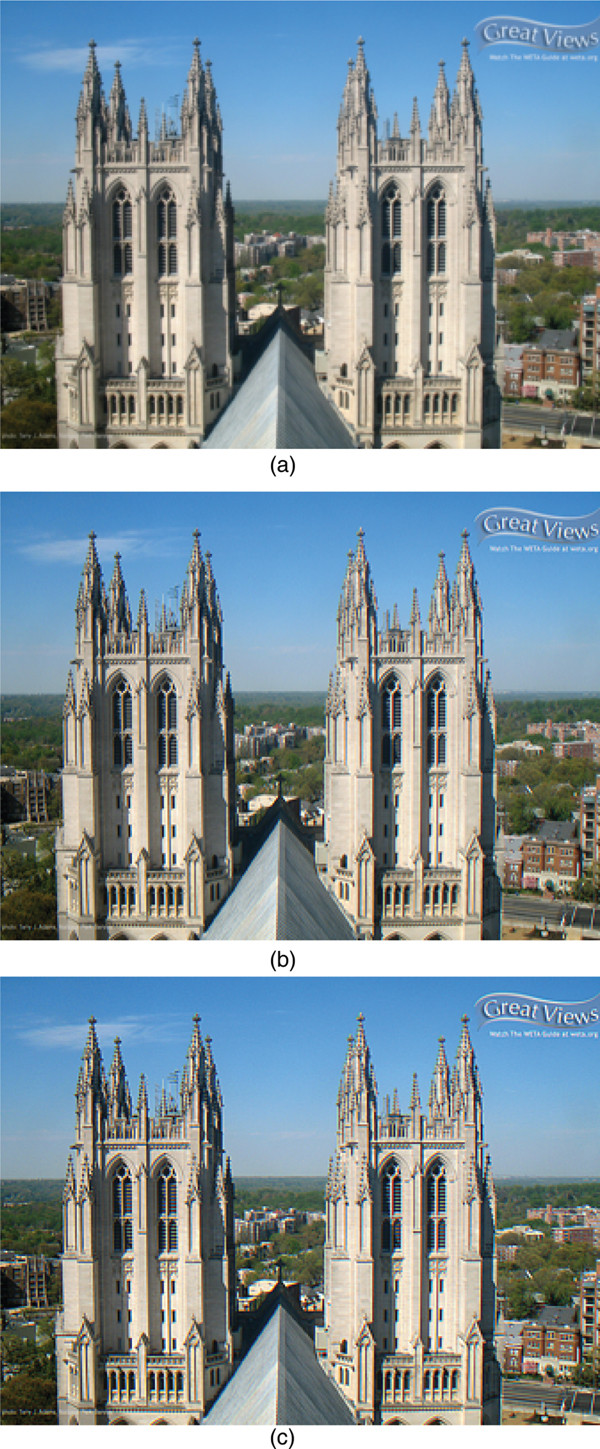Subpixel rendering is used most commonly to anti alias fonts. It works by leveraging the physical layout of the color components of a display to give geometry details to an image that are smaller than a pixel.
For instance, this font has a height of 3 pixels but can easily be read:

from: http://www.sitepoint.com/two-teeny-tiny-fonts/
This is a monochromatic case, and i could see this possibly working in a greyscale case, but it seems like it always has to be used in situations where you have high contrast.
Is it possible to use sub pixel rendering in a full color situation, such as those you'd find while doing a 3d render of a scene?
I think that it must not be, since it won't be high contrast enough, but does anyone have examples to the contrary?

